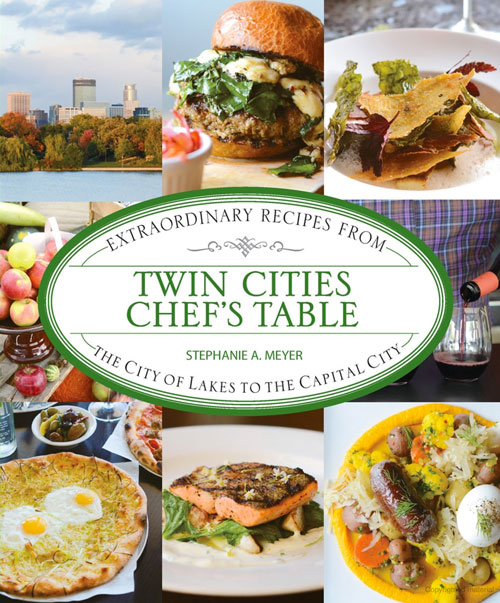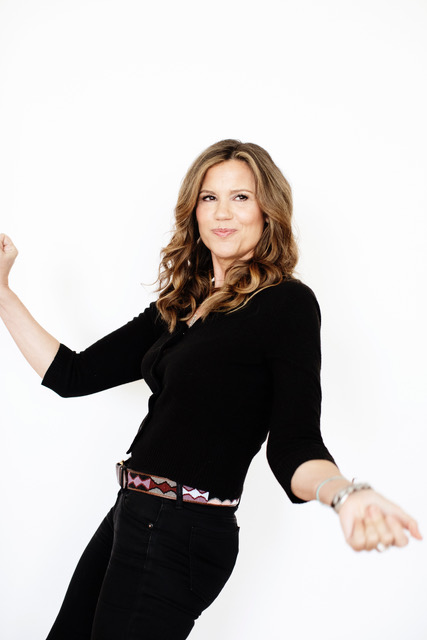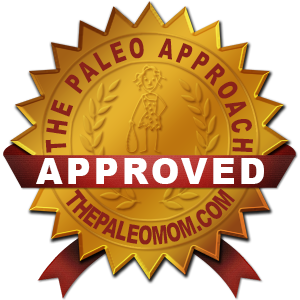Post
 Have you read Michael Pollan’s The Omnivore’s Dilemma? I highly recommend it if you love food and cooking, but especially if you’re interested in the quality of your food, the circumstances under which it was produced, and understanding the benefits of eating locally, sustainably, and seasonally. Along the way, you’ll also gain an unsettling understanding of the intricacies of oil’s role in our lives and economy (let’s just say, the gas we pump into our cars is but the tip of the iceberg, ack), not to mention the perverted role corn has come to play in our diet. As the Washington Post’s Book World review put it:
Have you read Michael Pollan’s The Omnivore’s Dilemma? I highly recommend it if you love food and cooking, but especially if you’re interested in the quality of your food, the circumstances under which it was produced, and understanding the benefits of eating locally, sustainably, and seasonally. Along the way, you’ll also gain an unsettling understanding of the intricacies of oil’s role in our lives and economy (let’s just say, the gas we pump into our cars is but the tip of the iceberg, ack), not to mention the perverted role corn has come to play in our diet. As the Washington Post’s Book World review put it:
In the United States, Pollan makes clear, we’re mostly fed by two things: corn and oil. We may not sit down to bowls of yummy petroleum, but almost everything we eat has used enormous amounts of fossil fuels to get to our tables. Oil products are part of the fertilizers that feed plants, the pesticides that keep insects away from them, the fuels used by the trains and trucks that transport them across the country, and the packaging in which they’re wrapped. We’re addicted to oil, and we really like to eat.
 Oil underlines Pollan’s story about agribusiness, but corn is its focus. American cattle fatten on corn (that they can’t naturally digest well, requiring across-the-board antibiotic treatment to prevent intestinal infection – yeah, sometimes a little TMI). Corn also feeds poultry, pigs and sheep, even farmed fish. But that’s just the beginning. In addition to dairy products from corn-fed cows and eggs from corn-fed chickens, corn starch, corn oil and corn syrup make up key ingredients in prepared foods. High-fructose corn syrup sweetens everything from juice to toothpaste. Even the alcohol in beer is corn-based. Corn is in everything from frozen yogurt to ketchup, from mayonnaise and mustard to hot dogs and bologna, from salad dressings to vitamin pills. “Tell me what you eat,” said the French gastronomist Anthelme Brillat-Savarin, “and I will tell you what you are.” We’recorn.
Oil underlines Pollan’s story about agribusiness, but corn is its focus. American cattle fatten on corn (that they can’t naturally digest well, requiring across-the-board antibiotic treatment to prevent intestinal infection – yeah, sometimes a little TMI). Corn also feeds poultry, pigs and sheep, even farmed fish. But that’s just the beginning. In addition to dairy products from corn-fed cows and eggs from corn-fed chickens, corn starch, corn oil and corn syrup make up key ingredients in prepared foods. High-fructose corn syrup sweetens everything from juice to toothpaste. Even the alcohol in beer is corn-based. Corn is in everything from frozen yogurt to ketchup, from mayonnaise and mustard to hot dogs and bologna, from salad dressings to vitamin pills. “Tell me what you eat,” said the French gastronomist Anthelme Brillat-Savarin, “and I will tell you what you are.” We’recorn.
The whole book isn’t that depressing, however; in fact, it’s quite funny and full of good information, ideas, and resources for feeding yourself and your families more wholesome, nutritious foods. The first step – cook most of your own meals with fresh ingredients (which means, obviously, forgoing fast and packaged foods as much as possible). Check! That’s what this blog is all about! Whew…
Other steps require more effort, but are interesting – basically, track down resources for locally, sustainably grown foods. Buying a CSA share is one way (and I did that before I read this book, ha, because it was available in my neighborhood and I love homegrown veggies). Shopping at a farmer’s market is another. Eating at restaurants that feature locally grown produce is yet another – any of the salads or veggies at Lucia’s in Minneapolis will convince you pretty quickly why it’s worth it…they’re all fabulous. In fact, I’d bet that many food-lovers naturally do these things, and not because they’re motivated by worries about petroleum dependency, or even nutritional benefits, but because the food tastes so damn much better. That’s totally what has motivated me, I’m not afraid to say it (not to mention, I’d sound like a huge veal-and-foie-gras-eating-hypocrite if I said otherwise!). The other (albeit important!) benefits – icing on the cake, baby, icing on the cake. Mmmm…icing….
neighborhood and I love homegrown veggies). Shopping at a farmer’s market is another. Eating at restaurants that feature locally grown produce is yet another – any of the salads or veggies at Lucia’s in Minneapolis will convince you pretty quickly why it’s worth it…they’re all fabulous. In fact, I’d bet that many food-lovers naturally do these things, and not because they’re motivated by worries about petroleum dependency, or even nutritional benefits, but because the food tastes so damn much better. That’s totally what has motivated me, I’m not afraid to say it (not to mention, I’d sound like a huge veal-and-foie-gras-eating-hypocrite if I said otherwise!). The other (albeit important!) benefits – icing on the cake, baby, icing on the cake. Mmmm…icing….





Hi Donna! I do need to eat Restaurant Alma again, I've only been once (!) and definitely need to go again, for just the reasons you've said. And you're right, using the freshest ingredients is unfortunately a luxury - I've heard the argument that the "cost" is less, in terms of overall cost to the environment, but that's all fine and good until it's money out of your own pocket. And at this point, it is less expensive to eat strawberries from Chile than strawberries from Minnesota - go figure. Until that changes - and it will, if you and I and others like us buy enough locally grown food to drive prices down - people need to buy the freshest foods they can afford, absolutely.
I found it most eye-opening, in the book, that very few farmers grow food they could actually eat themselves - most of our arable land is dedicated to corn and soybeans, which are turned into products and feed for the other foods we consume. Definitely unsettling...
As always, thanks for reading my blog! Good to hear from you!
Stephanie, I wrote you a long email about your blog today and I lost it!!! Uuurgh!
The short version......I enjoyed your entry today because I have read that book!!! I only know one other person who has. It is really scary when you think about the food "issues" we have in this country when we have so much.
I eat and shop organic and support chef-driven restaurants that use fresh organic ingredients as well. I just think it is a very healthy, interesting way to eat. I happen to be a tiny bit obsessed with food and cooking so using fresh organic ingredients is such a joy I just can't imagine doing it any other way. Although I do realize that I am blessed to be able to afford to shop that way.
Have you been to Restaurant Alma? Based on your list of Favorites I think you would really like it.